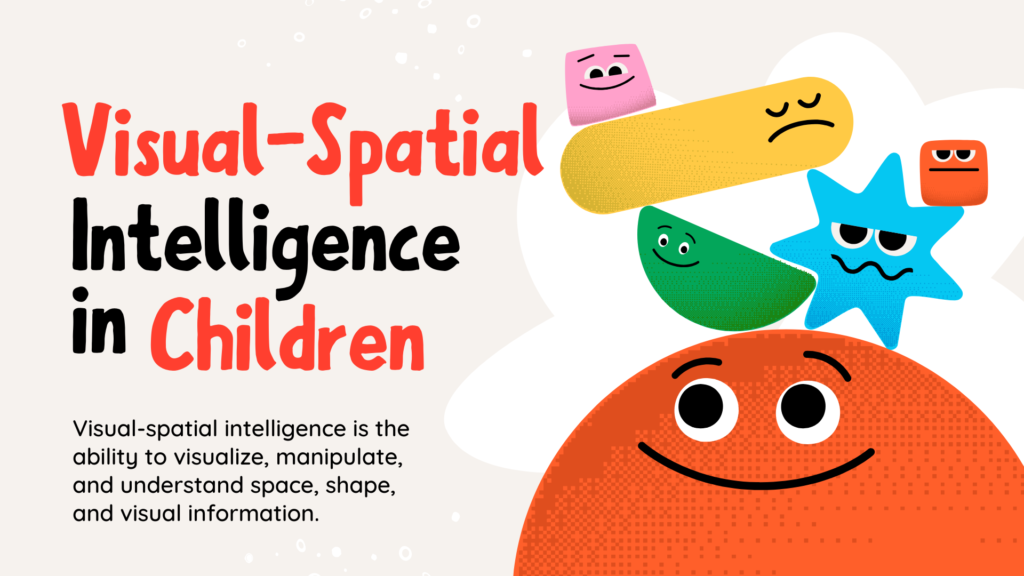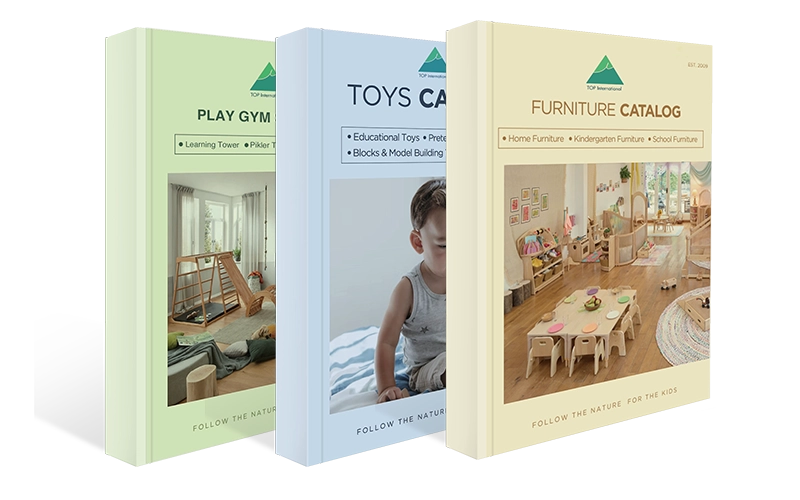Can your students solve puzzles faster than they can write sentences? Do they prefer building blocks over books? Ever notice how some kids instantly grasp maps, drawings, or 3D shapes while struggling with traditional tasks? You’re not alone. These could be signs of visual spatial intelligence at work.
Visual spatial intelligence is the ability to visualize, manipulate, and understand space, shape, and visual information. Children with this strength often solve puzzles faster than they can express in writing, showing strong reasoning skills through images rather than words. They prefer building over reading, quickly grasp visual patterns and diagrams, and often think in pictures instead of sentences. Supporting this type of intelligence helps unlock hidden potential in learners who may struggle in traditional, text-heavy settings.
It can become a child’s superpower when appropriately nurtured, fueling innovative thinking, artistic talent, and nonverbal problem-solving. So, how can we identify and develop it in the classroom? Let’s dive in.
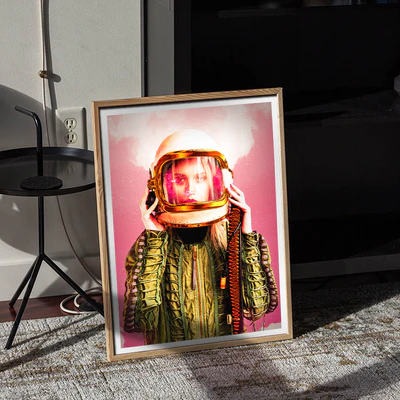
What is Visual and Spatial Intelligence?
A ccording to Howard Gardner’s Theory of Multiple Intelligences , human intelligence isn’t limited to one general ability—it’s a network of distinct but interrelated capacities. Each form of intelligence uniquely influences how we understand and interact with the world. Among these, visual-spatial intelligence stands out for its deep connection to how we perceive, interpret, and mentally organize our surroundings.
Visual spatial intelligence involves creating a mental representation of a spatial world and navigating and interacting within it. It consists of a person’s sensitivity to colors, lines, shapes, space, and the relationships between these elements. It is important to note that visual spatial intelligence is not necessarily linked to visual ability—some blind individuals possess exceptional spatial skills.
A Visual Spatial Intelligence Test-This type of intelligence alongside verbal-linguistic and logical-mathematical intelligence. It encompasses accurately perceiving the visual and spatial world and translating these perceptions into conceptual understanding. Psychologist Louis Leon Thurstone previously categorized spatial ability into three components:
- The capacity to recognize an object, even when viewed from different perspectives.
- The skill to mentally manipulate and imagine the internal movement of an object’s parts.
- The ability to comprehend spatial relationships.
Visual spatial intelligence can be enhanced in the classroom through activities that encourage creating a visually engaging environment. This allows students to interact with images, artworks, and colors frequently. Teachers can incorporate visual tools like diagrams, maps, and models to help students strengthen their spatial reasoning skills. Activities like puzzles, drawing, and 3D modeling can further support the development of visual spatial intelligence, encouraging students to think critically and creatively about spatial relationships.
Why Visual Spatial Intelligence Matters for Preschool Learners
Visual-spatial skills are more relevant in technology, design, and interactivity. Fields such as robotics, 3D modeling, game development, data visualization, and architecture require understanding and manipulating space, shape, and structure.
As digital environments become more immersive—think virtual reality, augmented reality, or interactive simulations—people who can believe in space will lead the way. Preschool learners who begin developing these skills early will be better prepared to adapt to and shape the digital experiences of the future.
Supporting visual and spatial intelligence in education is about more than helping children today—it’s about preparing them to thrive in the future.

For preschool learners, strengthening visual-spatial intelligence early builds the cognitive foundation needed for creative problem-solving and future-ready thinking. Recognizing and nurturing spatial thinking in preschool classrooms, even simple activities like block play or drawing,g can spark spatial awareness and set the stage for future success.
Visual-Spatial Skills in Everyday Daycare and Preschool Learning
According to Dr. Kraft, people with strong visual-spatial intelligence “have a good sense of direction. They can solve puzzles more easily than others, especially the Rubik’s Cube. After knocking out a wall, they can walk into a house and imagine what it would look like. Understanding architecture, choreography, and film directing comes easily to people with strong visual-spatial intelligence.”
These individuals naturally think in pictures. They can mentally manipulate objects, perceive spatial relationships quickly, and visualize how parts fit together into a whole. In learning environments, they thrive with visual materials, hands-on tools, and space to create.
Visual Spatial Intelligence examples in Preschool-Aged Children:
- An enjoyment of visual arts: Children often drawn to painting, sculpting, or photography may use visual expression as their primary thinking and communication tool.
- Visualization of objects: They can mentally rotate, flip, or disassemble an object in their mind and imagine how it would look or function differently, without needing to touch it physically.
- Sense of navigation, proportion, and distance: A strong internal map allows them to move through space confidently. They understand scale, balance, and how objects relate to one another in size and placement.
- Recognition of patterns: They can spot visual patterns quickly, such as symmetrical designs, tessellations, or geometric repetitions, in nature and design.
- Skill in solving puzzles: Tasks that involve fitting pieces together (like jigsaws, tangrams, or spatial logic games) feel intuitive and enjoyable for them rather than frustrating.
- An interest and appreciation of architecture: They often notice and admire structures, blueprints, floor plans, or even video game environments. Design logic and spatial structure appeal to them deeply.
Visual-spatial intelligence is much more than a preference for pictures—it’s a core cognitive strength that affects how children see, move through, and think about the world. Recognizing the everyday behaviors that indicate this form of intelligence helps educators and parents support these learners more effectively. Visual-spatial learners can thrive in academic and creative pursuits with the right tools and environments.
Developing Visual-Spatial Intelligence in Preschool Education
While some children naturally display strong visual-spatial intelligence, this ability is not fixed. Like all forms of intelligence, it can be nurtured and strengthened through intentional practice, targeted learning, and the right environment.
Whether a child shows clear spatial strengths or needs support in this area, offering the right activities and strategies can build their visual-spatial skills and open new pathways for thinking, learning, and creative expression.
Preschool Spatial Intelligence Activities
Hands-on and visually engaging activities are the most effective ways to develop spatial intelligence. These activities encourage students to use mental imagery, understand spatial relationships, and manipulate objects in real and imagined spaces.
Here are several key activities that support the growth of visual-spatial intelligence:
1. Puzzle and Construction Tasks:
- Jigsaw puzzles, tangrams, and spatial reasoning games like visual spatial intelligence clipart enhance mental rotation and problem-solving.
- Building with LEGO, wooden blocks, or magnetic tiles supports structure, balance, and design.

2. Drawing and Visual Art:
- Drawing objects from different angles or creating perspective art strengthens spatial visualization.
- Coloring mandalas, creating collages, and using symmetry in design promote pattern recognition and spatial harmony.

3. Map Work and Navigation:
- Reading and creating maps builds a sense of orientation and proportional reasoning.
- Treasure hunts using visual clues can be a fun way to reinforce spatial navigation.
4. Modeling and Sculpture:
- Working with clay, origami, or 3D printing tools gives children direct experience with form, space, and transformation.
5. Memory and Visualization Games:
- “What’s missing?” Games or memory cards enhance visual memory.
- Guided visualizations (“Close your eyes and picture…”) build internal imagery.
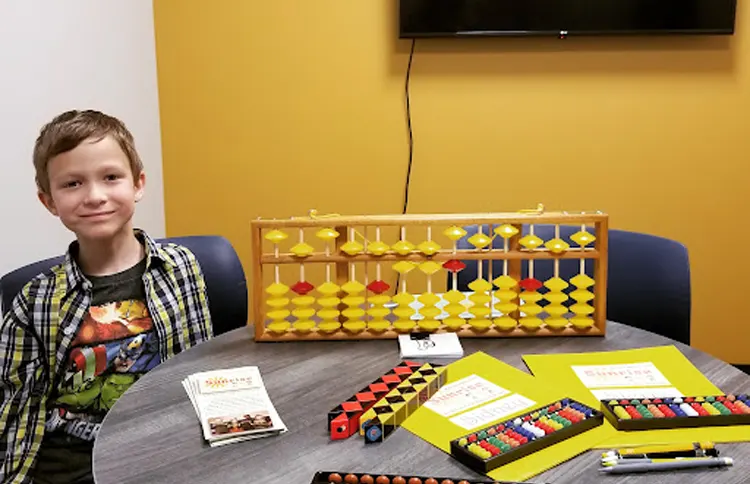
6. Digital Spatial Tools:
- Apps that allow 3D manipulation or game environments that require spatial awareness (like Minecraft) can also serve as practical training grounds.
These activities build specific spatial abilities and support broader cognitive functions like planning, sequencing, and critical thinking. Over time, they help preschool children develop the confidence to solve problems independently, organize their thoughts visually, and engage more deeply with the world around them.
Practical Classroom Strategies
Teachers play a vital role in nurturing visual-spatial intelligence. A few simple shifts in teaching style and classroom organization can significantly affect how well visual-spatial learners engage and succeed.
1. Teach with Visuals:
Support instruction with diagrams, charts, infographics, timelines, and color-coded systems. Concepts become more accessible when students can see and organize information visually.
2. Offer Multi-Sensory Instruction:
Combine auditory, visual, and tactile inputs. Let students listen, see, and physically manipulate objects to reinforce understanding.
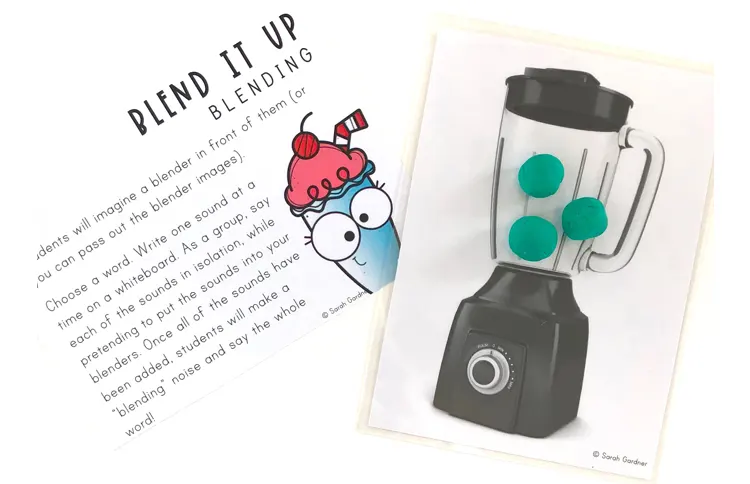
3. Use Spatial Language:
Describe concepts using spatial terms like “around,” “between,” “above,” “rotate,” or “flip.” This encourages students to think in spatial categories and visualize processes.
4. Encourage Design Thinking:
Have students sketch solutions to problems, build prototypes, or use graphic organizers to plan their writing or projects.
5. Provide Time for Exploration:
Visual-spatial learners often benefit from having unstructured time to experiment with materials, move things around, and “see what happens.” Allow them to explore ideas in visual or spatial formats before verbalizing them.
6. Use Technology Thoughtfully:
Smartboards, interactive models, virtual simulations, and visual-based learning platforms can sincerely support spatial understanding when integrated purposefully.

7. Accept Alternative Forms of Output:
Not every child will demonstrate understanding through essays or tests. Let visual-spatial thinkers draw, build, or map their ideas to show what they know.
These strategies benefit students with high visual-spatial intelligence and enrich the learning environment for all learners by promoting engagement, creativity, and deeper understanding.They also enhance knowledge retention and allow students to demonstrate their strengths more effectively across different types of tasks.
Fostering Spatial Intelligence with the Right Environment
Beyond instruction and activities, the physical environment plays a decisive role in developing visual-spatial intelligence. Classrooms that support movement, manipulation, and visibility help children engage spatially with their surroundings.
Here’s how to design a spatially friendly learning environment:
1. Open and Flexible Layouts:
- Leave space for students to move, build, and collaborate.
- Use movable furniture or learning stations to encourage physical reorganization.

2. Visual Stimuli:
- Decorate the classroom with maps, visual charts, geometric shapes, and art.
- Rotate displays regularly to spark curiosity and attention to visual detail.
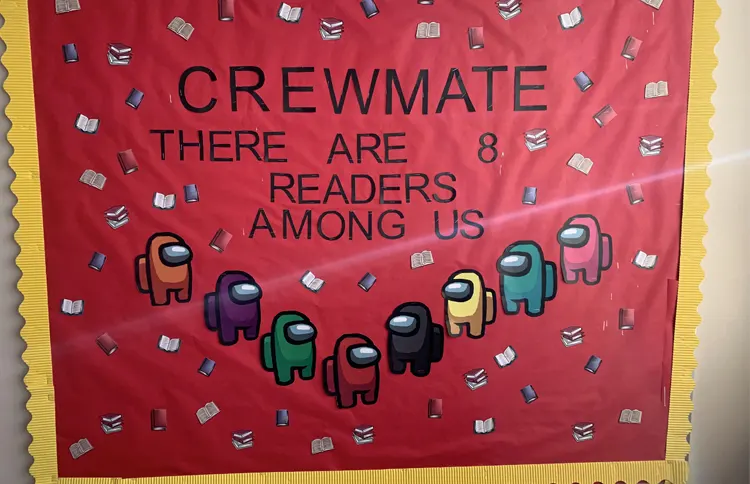
3. Access to Hands-On Materials:
- Keep puzzles, shape games, and construction kits within reach.
- Make available materials for model-building, sketching, or visual representation of lessons.
4. Organize Spatial Zones:
- Designate specific spaces for building, reading, creating, and presenting.
- Use visual cues like floor markings or color-coded shelves to guide navigation.
5. Light and Perspective:
- Natural light and diverse viewing angles help students perceive space differently.
- Mirrors, transparent surfaces, or levels (like platforms or stairs) add complexity to visual input.

6. Outdoor Spatial Experiences:
- Incorporate playground, nature walks, or outdoor design challenges.
- Let students map natural areas or sketch outdoor observations to bridge classroom learning and real-world space.
Creating an environment rich in visual and spatial experiences doesn’t just support a specific intelligence—it transforms the classroom into a dynamic space for creative thought, spatial exploration, and personal expression.
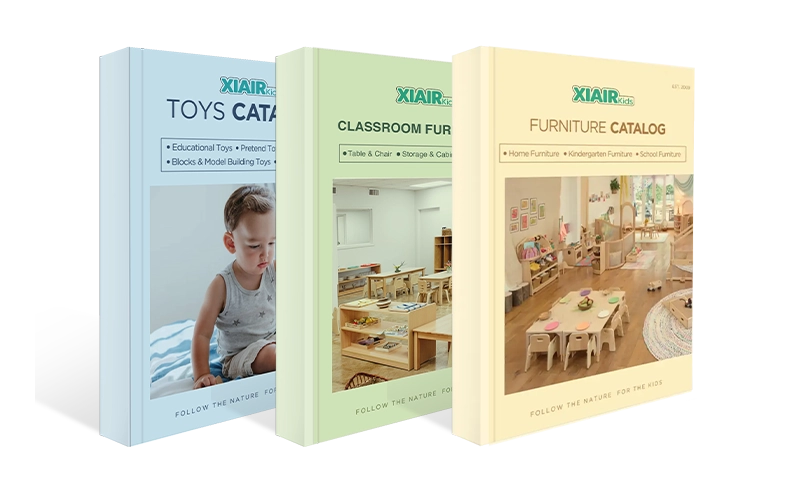
Assessment: Identifying Visual-Spatial Strengths
Understanding a learner’s visual-spatial intelligence begins with the correct form of assessment. While observation and classroom interaction provide valuable insights, standardized assessments are often used to measure spatial and visual intelligence reasoning with more precision.
The Wechsler Intelligence Scales—some of the most widely used educational and psychological testing tools—include specific indices to measure visual-spatial abilities. These include:
- Wechsler Intelligence Scale for Children, Fifth Edition (WISC-V)
- Wechsler Adult Intelligence Scale, Fourth Edition (WAIS-IV)
These tasks typically involve abstract visual content, such as arranging colored blocks to match a given pattern or choosing which puzzle piece completes a visual design. The tests require quick thinking, mental rotation, and an understanding of how parts fit into a whole—all core components of visual-spatial skills.
Though not the only way to assess ability, these tools help educators and caregivers understand how a child thinks, processes visual information, and interacts with space—allowing for more tailored learning support and curriculum planning.
More Related Content
Montessori Materials that Support Spatial Development
Montessori classrooms are designed to engage all the senses, and many of the core materials are specifically built to enhance visual-spatial skills. Activities like the Pink Tower, Brown Stair, and Geometric Cabinet encourage children to compare size, shape, and dimension, strengthening their spatial reasoning through hands-on exploration.
Read more about Montessori materials for spatial learning
Howard Gardner’s Multiple Intelligences Theory for Educators
Howard Gardner’s theory revolutionized the way we think about intelligence in education. Instead of focusing solely on linguistic or logical ability, his model highlights eight distinct intelligences—including visual spatial intelligence—and emphasizes the importance of recognizing and nurturing all types of learners in the classroom.
Learn more about Gardner’s theory and classroom applications
Conclusion
Visual spatial intelligence is vital in children’s learning, problem-solving, and creative expression. From puzzle-solving to artistic design, spatial reasoning supports academic performance and real-world success. Recognizing and developing visual-spatial skills through purposeful activities, supportive environments, and thoughtful assessments give learners the tools to thrive in a visually rich and spatially complex world.
At TOP Montessoris, we understand how important the learning environment is in supporting all types of intelligence, including visual-spatial development. With over 20 years of experience, we specialize in manufacturing and supplying high-quality preschool furniture. From classroom layout and custom furniture design to production, quality inspection, and delivery, we provide a one-stop solution to help educators create inspiring, functional, and developmentally supportive spaces for young learners.
FAQs About Visual-Spatial Intelligence
1. What is visual-spatial intelligence?
Visual-spatial intelligence is the ability to visualize, manipulate, and understand spatial relationships between objects.
2. How do visual-spatial skills support learning?
These skills help students understand diagrams, geometry, charts, and models, making abstract concepts easier to grasp through visual thinking.
3. What are signs of strong visual spatial intelligence in children?
Children may enjoy puzzles, drawing, building, and easily remembering visual layouts or directions.
4. Can visual spatial intelligence be improved?
Yes. It can be developed through drawing, spatial games, building tasks, and map-reading activities.
5. Are visual-spatial learners less verbal?
Not always. But they often prefer expressing ideas visually through sketches, models, or diagrams rather than words alone.
6. What tools help build visual-spatial intelligence in the classroom?
Montessori materials, puzzles, visual organizers, building blocks, and geometry tools are all effective supports.
7. How is visual-spatial intelligence assessed?
It can be evaluated using tests like the Wechsler scales, as well as through visual puzzles and mental rotation tasks.
8. Why is visual-spatial intelligence important today?
It supports skills used in design, technology, architecture, and creative problem-solving—critical for 21st-century careers.
9. What is visual-spatial thinking?
Visual-spatial thinking is the ability to picture objects and spaces in your mind, understand how they relate to each other, and mentally manipulate them.

